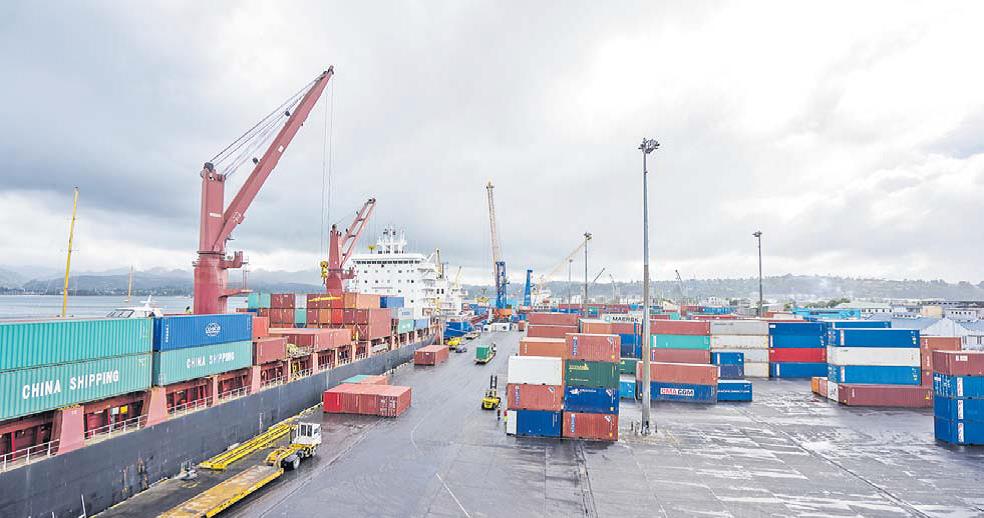A research by ANZ economists forecasts a worsening of the Current Account Deficit (CAD) through 2023 and 2024.
The publication ANZ Research titled “Fiji – Monetary Policy Shift”, authored by Tom Kenny and Dr Kishti Sen states that as tourism demand returned and the economy picked up, import demand for goods and services lifted.
“This has widened the CAD. Our expectation is the deficit will widen to $F2.1 billion in 2023 versus $F1.85b in 2022 because of a larger negative trade balance,” stated the authors.
In response to questions on the report, Dr Sen explained that historically, because of a narrow tourism based economy, Fiji doesn’t produce enough export income to pay for imports and accordingly, Fiji had consistently run a current account deficit (CAD).
“The balance on goods and services (exports minus imports) plus the balances on net income (profit repatriation) and transfers (remittances) has been a negative for Fiji.”
According to Dr Sen imports will increase to service tourism demand and the general up-tick in investment in particular construction activity and consumer demand.
“Higher oil prices will be a factor as well as it will keep oil import invoices well above pre-pandemic levels.
“Flows associated with higher inbound demand, however, will provide a partial offset. Nonetheless, overall, we see a worsening of the current account deficit over the next two years,” he said.
In layman’s terms Dr Sen explained that this deficit in the current account had to be paid for by either continued inflows of debt (overseas borrowing) and equity (foreign direct investment) or by a drawdown of the nation’s foreign reserves.
The research also highlighted that private remittances, which drive the positive balance in the net transfers account of the current account, were expected to sit near peak levels and offset outflows in the income account (profit repatriation and interest payments on overseas debt).
“Hence, we’re assuming the sum of net transfers (a positive) and net income (a negative) is close to zero and does not put further pressure on the overall CAD.”




